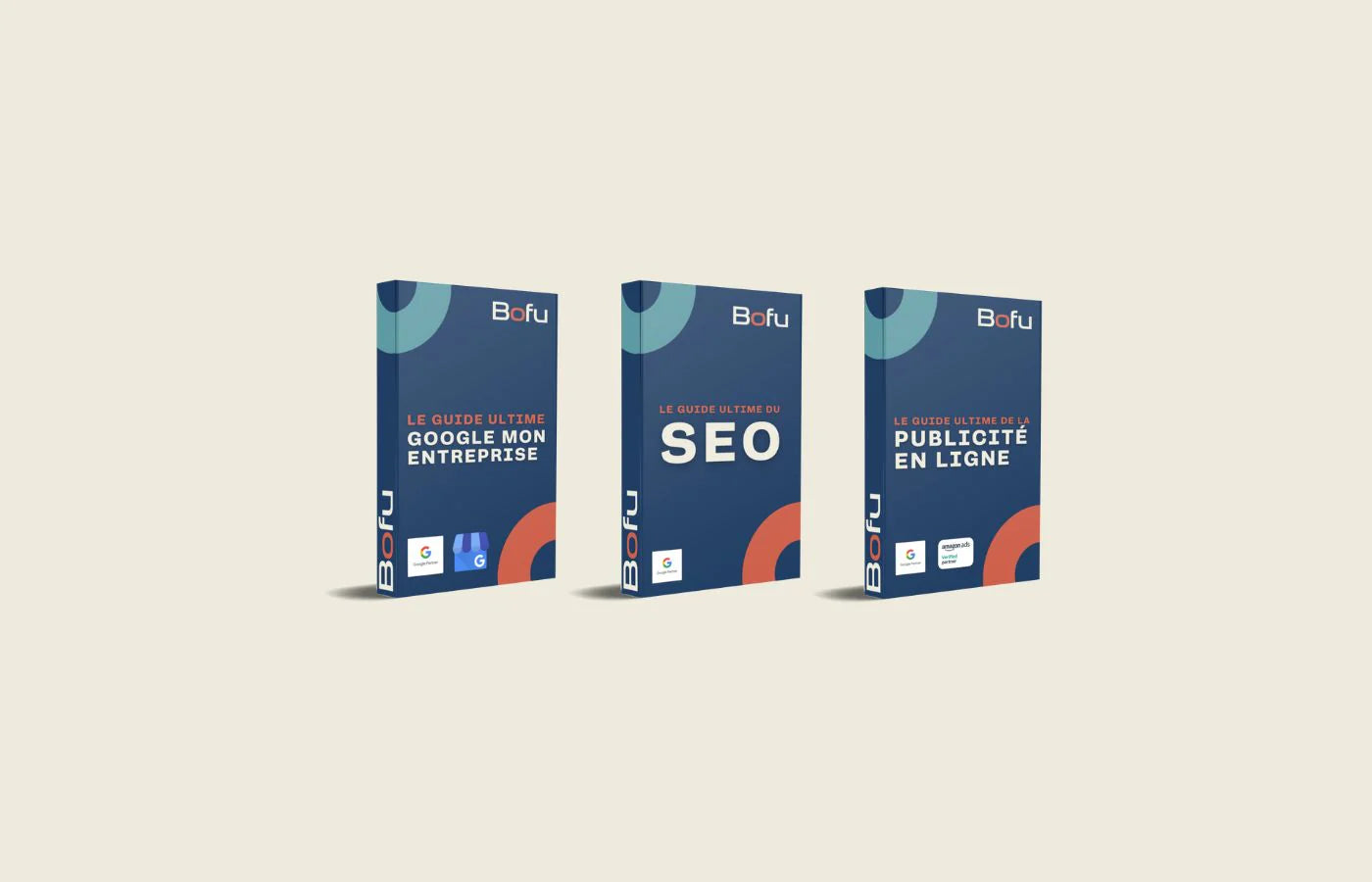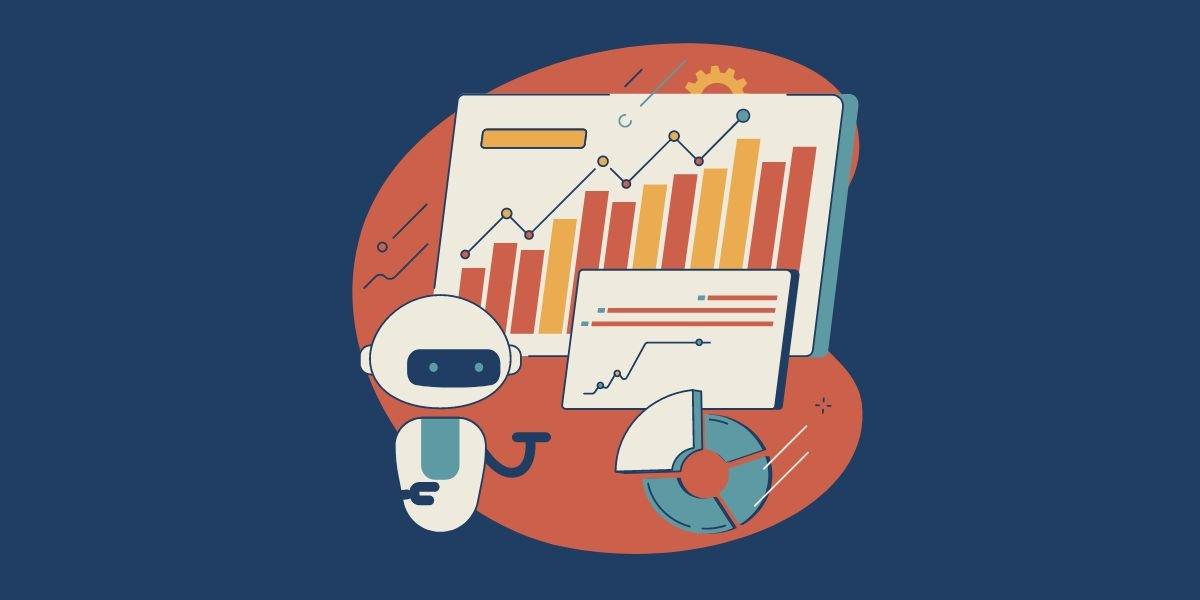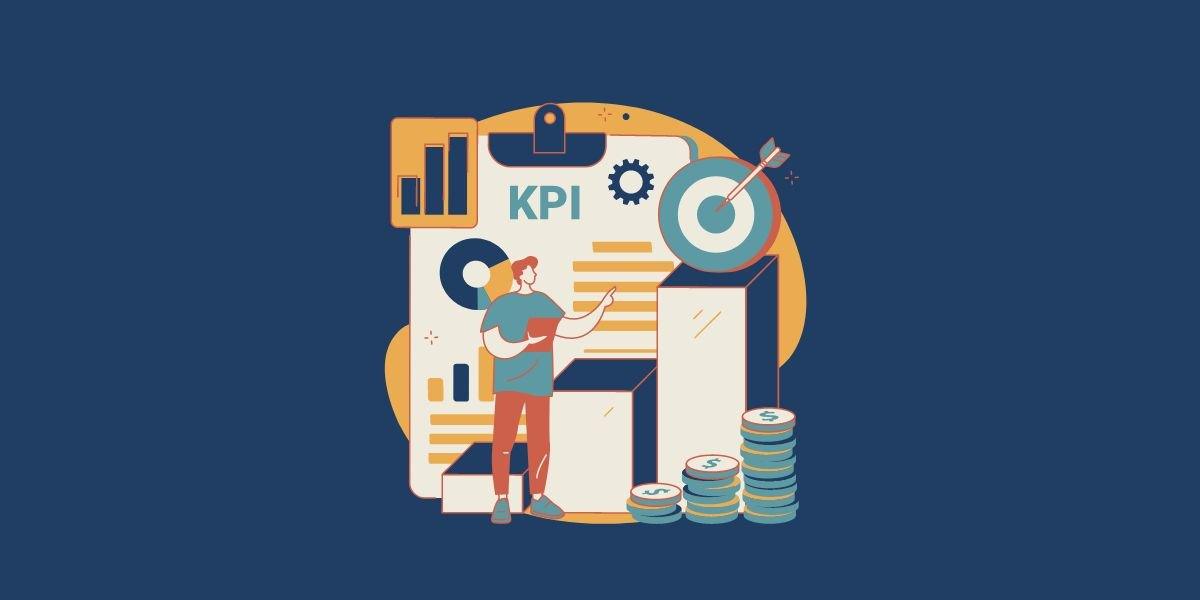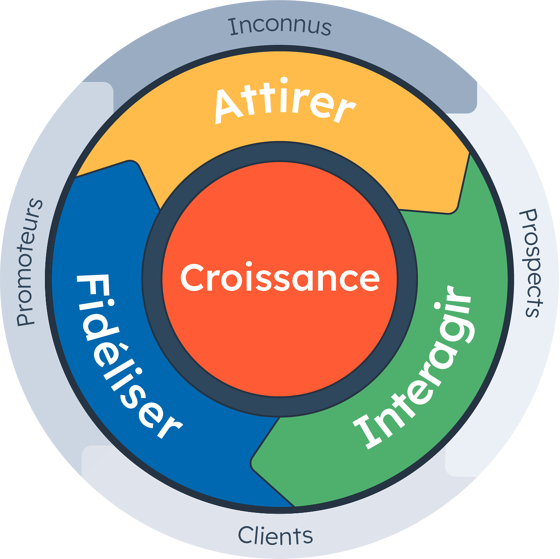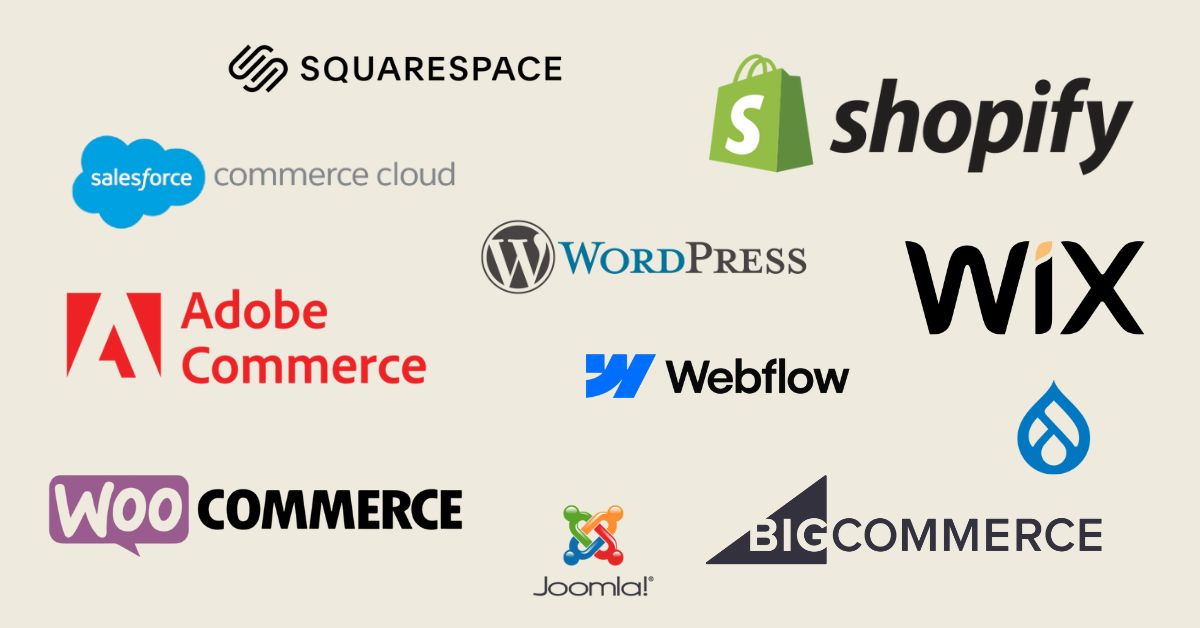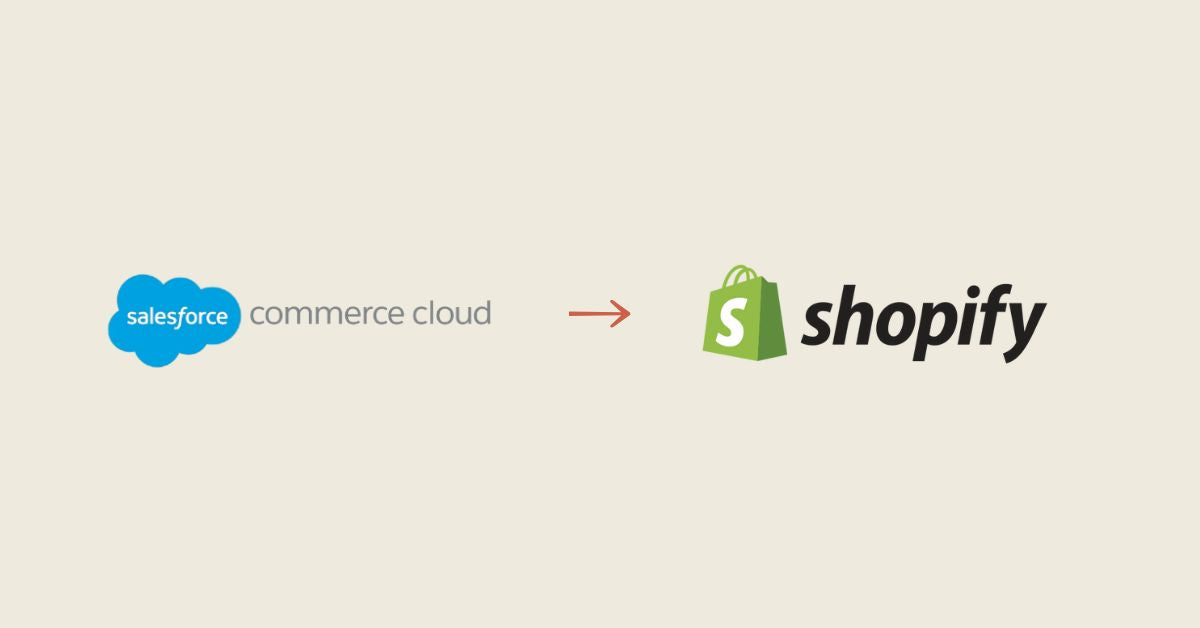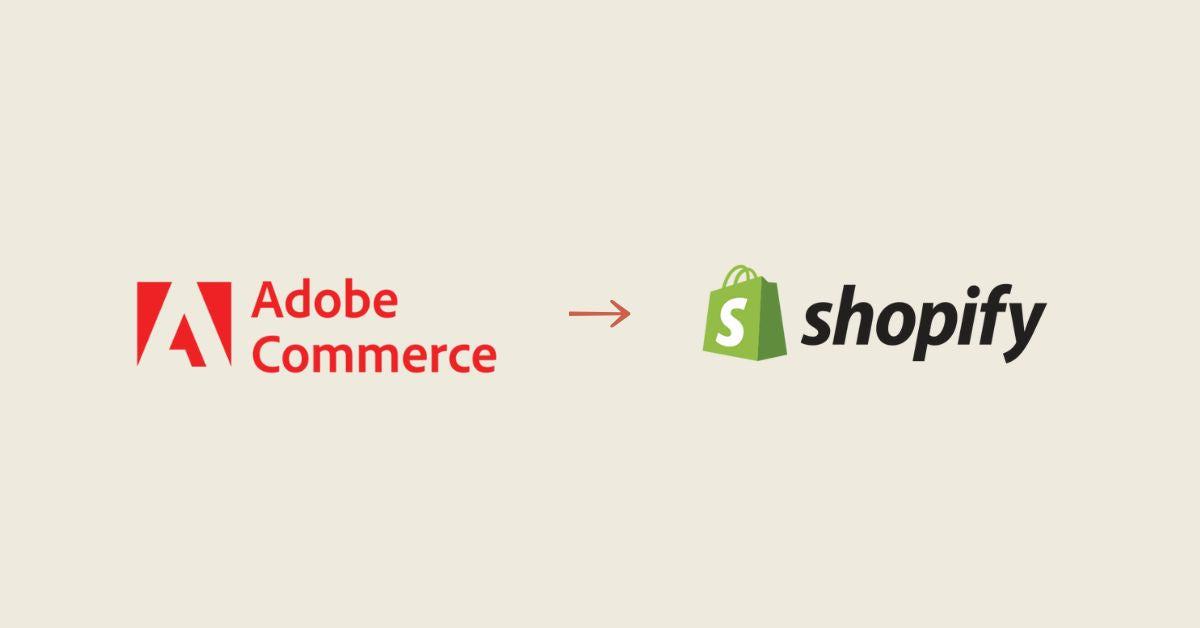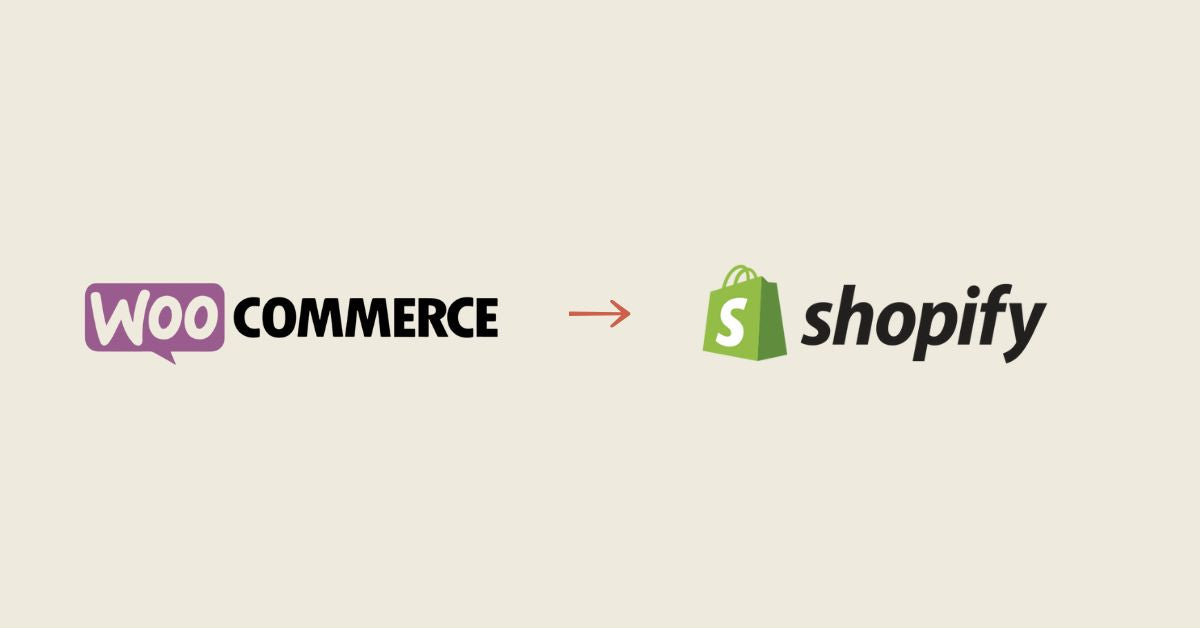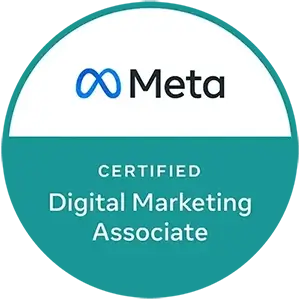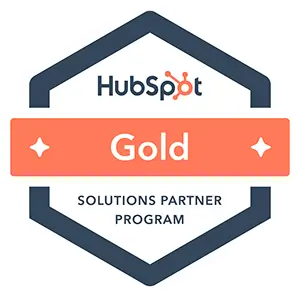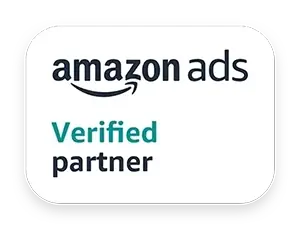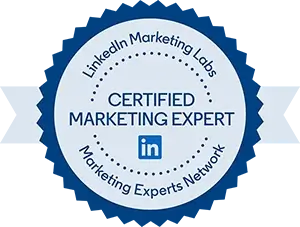As a HubSpot Partner Agency , we're here to tell you about the incredible benefits of HubSpot automation for your marketing, sales, and customer service departments. HubSpot is an all-in-one software platform that helps you manage your entire customer journey, from attracting and converting leads to turning them into loyal customers.
Let's start by addressing the problem many businesses face: the struggle to keep up with the fast-paced digital world of marketing, sales, and customer service. With so many different tools, platforms, and channels to manage, even the most experienced teams can feel overwhelmed. That's where HubSpot comes in.
Marketing:
The first step in the customer journey is attracting leads. HubSpot's automation tools can help you reach your target audience and attract more leads for your business .
For example, you can use HubSpot's lead magnets and landing pages to create compelling offers that encourage people to share their contact information with you. You can also set up lead nurturing workflows to automatically send follow-up emails and content to leads based on their behavior and preferences. This way, you can keep your leads engaged and build trust with them until they're ready to make a purchase.
Sales:
Once you've attracted leads, the next step is to sell them. HubSpot's automation tools can help you close more deals by streamlining your sales process and providing you with the data and insights you need to make informed decisions.
For example, you can use HubSpot's lead scoring and evaluation to prioritize your most qualified leads and focus your sales efforts on the prospects most likely to convert. You can also use HubSpot's integrations with popular CRMs, such as Salesforce, to sync your sales data and keep it up-to-date across all your tools .
Customer Service:
The final step in the customer journey is serving your customers. HubSpot's automation tools can help you deliver exceptional customer service by automating routing tasks and improving the quality and speed of your support.
For example, you can use support ticket forms and customer service workflows to automate support ticket management and ensure a quick response to your customers. You can also use chatbots to automatically respond to common inquiries and direct customers to online resources to resolve their issues.
By using HubSpot automation for your marketing , sales, and customer service, you can streamline your process, improve the quality of your service, and increase customer satisfaction. It can also help you save time and resources, allowing you to focus on the strategic tasks that have the greatest impact on your business.
Using marketing automation to optimize the purchasing journey can save you time, money, and increase your conversion rate.
However, to achieve satisfactory, concrete and measurable results, it is important to follow the following 6 key steps:
- Comprehensive Business Process and Digital Ecosystem Analysis: The objective of this step is to thoroughly understand the current business process and the digital ecosystem in which it operates. This may include an analysis of operational processes, technologies used, stakeholders and their roles, growth opportunities, challenges and obstacles, etc. It is important to conduct this analysis in collaboration with various key stakeholders, such as employees, customers, business partners, etc., to obtain a complete and comprehensive picture of the environment in which the business process operates. The analysis can be conducted using various methods, such as interviews with key stakeholders, market research, online surveys, data analysis, etc. The results of this analysis can then be used to determine the digital transformation opportunities to be explored and the steps to be taken to achieve them.
- Understanding the buyer's journey: To optimize the buyer's journey through marketing automation, it's important to understand this process. The buyer's journey describes the different steps a customer must take to find, purchase, and use a specific product or service . Understanding this process is crucial for businesses to improve the customer experience and marketing efforts .
- Define your objectives: Before starting your marketing campaign, it is essential to clearly determine your objectives and measure them using achievable (SMART) methods.
- Offer appropriate content: For your strategy to be effective, it's important to offer content that's tailored to your target audience and their stage of the buying journey. There are different types of content, such as blog posts, landing pages, webinars, and more, that can be chosen based on your target audience and offering.
- Conduct A/B Testing: A/B testing involves comparing two types of scenarios to determine which one works best. By analyzing performance metrics, you can determine why certain scenarios didn't achieve your goals and how to improve them .
- Track Key Performance Indicators: Key performance indicators (KPIs) help measure the effectiveness of your campaign. In addition to conversion rate, other important metrics such as cost per lead, click-through rate, open rate, ROI, etc. should also be monitored.
What is a workflow on HubSpot?
A workflow in HubSpot is an automated sequence of actions that are triggered when specific conditions are met . Workflows are used to automate marketing and sales tasks, such as sending follow-up emails after a conversion, updating the contact's progress in a sales process, or adding contacts to a subscriber list.
Workflows on HubSpot can be customized to meet your business's unique needs and can be triggered based on various criteria, such as the contact's progress through a sales process, a form field change, or a file upload.
Workflows can also include conditional actions, such as sending a different email based on the contact's progress, or changing a contact's label based on their online behavior.
By using workflows on HubSpot, you can automate tedious tasks and ensure the right actions are taken at the right time for each contact . This can help you improve efficiency, maximize conversions, and build stronger relationships with your prospects and existing customers.
How to create a workflow on HubSpot?
- To create a workflow on HubSpot, you need to follow these steps:
- Log in to your HubSpot account and navigate to the Workflows tab.
- Click the "Create Workflow" button at the top right of the screen.
- Define the type of workflow you want to create by selecting one of the following options: contacts, companies, deals, tickets, products, or subscriptions.
- Configure entry criteria to determine who will be included in the workflow. You can select specific properties of your contacts, companies, deals, tickets, products, or subscriptions to determine who will be included in the workflow.
- Add actions to your workflow by clicking the "Add Action" button at the bottom of the screen. There are several types of actions available, including sending emails, adding to a list, editing properties, performing a task, and more.
- Configure time frames for the actions you added using triggers such as "After X days" or "The next day at X time."
- Add branches to your workflow by clicking the "Add Branch" button at the bottom of the screen. This allows you to determine which actions will be executed based on the responses or actions of the contacts included in the workflow.
- Test your workflow by clicking the "Test" button in the top right corner of the screen. You can select a contact to see how they interact with the workflow.
- Publish your workflow by clicking the "Publish" button in the top right corner of the screen. Once published, your workflow will be running, and actions will be executed based on the input criteria you defined.
It's important to note that you can always edit and adjust your workflow at any time, to ensure it's always aligned with your business goals and needs.
What are HubSpot's marketing automation tools?
HubSpot offers several marketing automation tools to help businesses automate and optimize their marketing and sales activities. HubSpot's marketing automation tools include:
- Workflows: This tool allows you to create automated sequences of actions for contacts based on defined criteria.
- Email Marketing: With HubSpot's email marketing tool, you can create and send targeted and personalized email campaigns to your prospects and customers.
- Lead nurturing: This automated lead engagement process allows you to deliver relevant content to your prospects at the right point in their buying journey.
- Landing Pages and Forms: This tool allows you to create landing pages and forms designed to convert prospects into qualified leads.
- AB testing: You can test different elements of your landing pages and emails to optimize their performance.
- Performance Analytics: With HubSpot's performance analytics, you can track the performance of your marketing and sales activities and gain insights to improve them.
- Chatbots: HubSpot's chatbots can help automate interactions with prospects and customers by answering frequently asked questions and providing instant help.
- Social Media Publishing Tool: You can schedule and publish content to your social media channels from HubSpot to stay connected with your target audience.
These marketing automation tools from HubSpot can help businesses optimize their marketing strategy, increase conversion, and build stronger relationships with their customers.
What are HubSpot's sales automation tools?
HubSpot offers several sales automation tools, including:
- Workflows: Allows you to define communication scenarios for different segments of your contact database.
- Emails: Offers the ability to create and send automated emails based on the stage of the customer journey or a contact's action.
- Sequences: Allows you to define a series of steps to connect with prospects over time.
- Calls to action: You can create and publish calls to action to encourage your site visitors to take a specific action, such as signing up for a newsletter.
- Lead Nurturing: Allows you to define scenarios to maintain regular communication with prospects who are not yet ready to buy.
- Lead Scoring: Helps you identify the most qualified leads based on their activity and interactions with your business.
- Chatbots: Allows you to create and deploy chatbots to help your site visitors find answers to their questions and navigate your site.
- Forms: You can create and publish forms to collect information about prospects and leads.
These sales automation tools are designed to help you automate manual tasks, better understand your prospects, and connect them with the right content and messages at the right time.
What are HubSpot's customer service automation tools?
HubSpot offers several customer service automation tools, including:
- Support Tickets: A ticket management system for customer queries
- Chatbots: Automated chatbots to respond to customer requests quickly and efficiently
- Workflow Automations: Automated workflows to manage customer interactions and follow-up tasks
- Customer Satisfaction Analytics: Tools to Monitor and Measure Customer Satisfaction
- Knowledge Base: A self-access knowledge base for customers to find answers to their questions
These tools help simplify customer service processes and improve customer satisfaction by providing a faster, more personalized experience.
CONCLUSION
In summary, HubSpot automation is a worthwhile investment for your business that can improve your performance in the key areas of marketing , sales, and customer service.
So, why not explore HubSpot's automation tools today to see how they can help you achieve your business goals?
Optimize your marketing performance with HubSpot automation.
Improve your sales with HubSpot's automation tools.
Deliver exceptional customer service with HubSpot automation.
What is a HubSpot Partner? 
A HubSpot Partner is a digital marketing agency that holds a HubSpot certification to sell and maintain systems on the platform. The agency also receives several additional tools to help it effectively serve other HubSpot users, and most often holds several HubSpot certificates. HubSpot has several partner agencies around the world, and we are proud to be one of them.
View our profile in the HubSpot Partner Agency Directory here .
Contact our team of experts for highly specialized performance digital marketing services.
